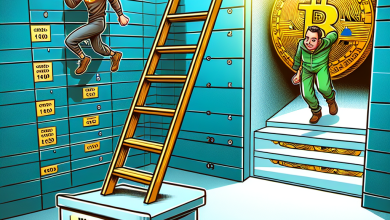Ripple, Binance impersonators target XRP holders via fake staking program
In recent days, XRP holders have been targeted by a number of malicious actors posing as Ripple and Binance. These actors have been using a fake staking program to try and steal XRP from unsuspecting users. This is a serious problem that could have devastating consequences for XRP holders if they are not careful. Fortunately, there are steps that XRP holders can take to protect themselves from this type of fraud.
Fraudsters are attempting to deceive XRP investors by claiming to offer staking services with an unrealistic return on investment (ROI) of up to 31%. Such fake schemes involve creating fake websites and email imposters pretending to be Ripple and Binance, two major cryptocurrency firms.
One such website, ripple.com-staking.tech, includes a blog post titled “XRP staking set to debut January 2023 for retail users,” inviting users to “stake” their XRP for a ROI ranging from 12% to 27%. The fake website has a well-crafted clone of Ripple’s website, ripple.com, and attempts to add more credibility to their posts by linking to some of their previous blog posts.
The scam website has many mirror domains targeting XRP users from all over the world, and is also accompanied with imposter emails impersonating Binance.
XRP cannot be staked because it doesn’t run on a proof-of-stake consensus like other major PoS cryptocurrencies such as Ether (ETH). Instead, XRP transactions rely on a network of “unique nodes” that agree on which transactions can be processed in the network.
Binance’s XRP DeFi staking program only allows users to earn up to 1.4% per year. Crypto investors are advised to conduct thorough research to ensure the legitimacy of a platform before making any investments.




